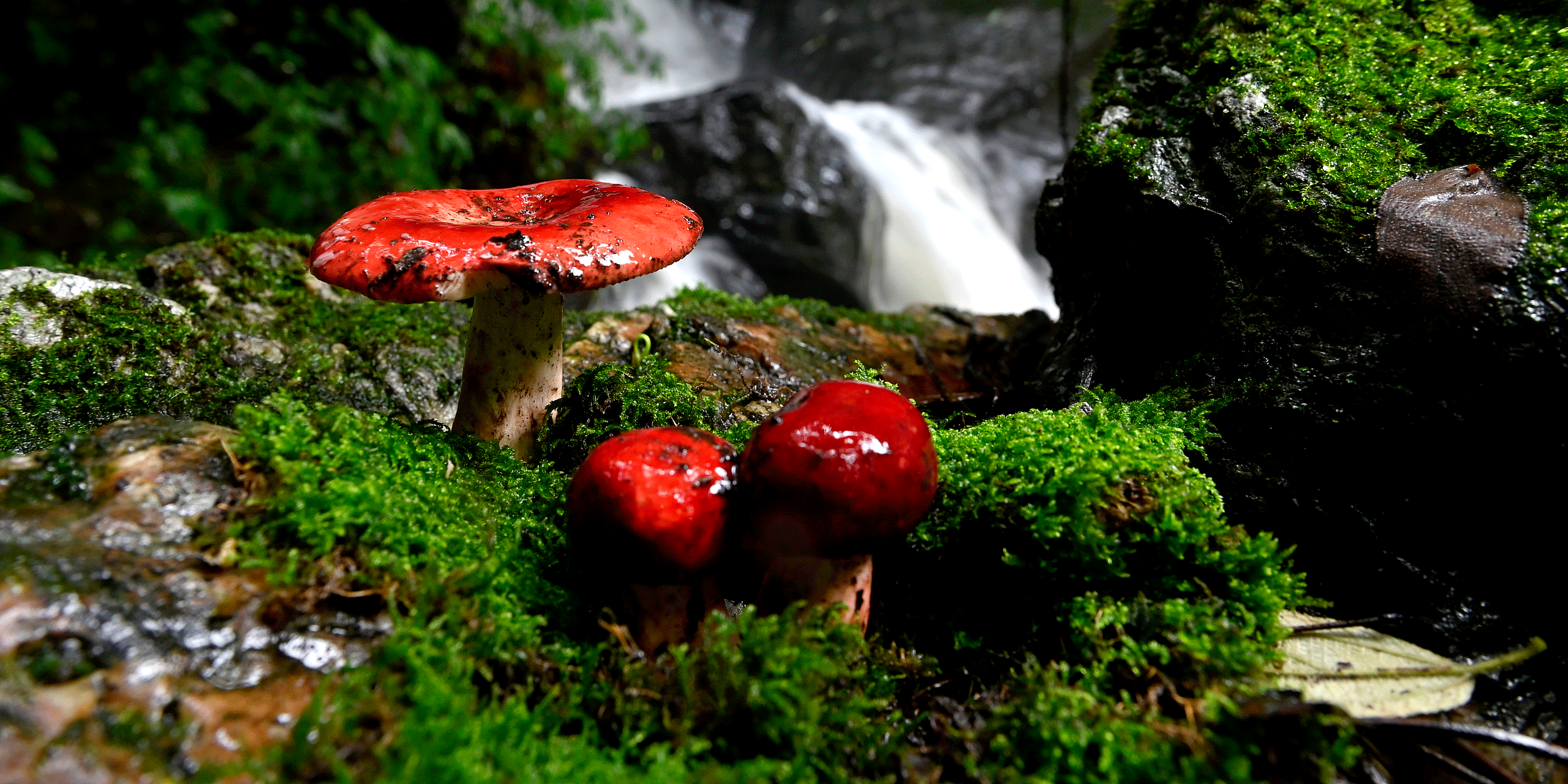
China’s Mushroom Foraging Craze Is Wrecking Its Forests
In the uninhabited stretches of southwestern China’s Yunnan province, the viral trend of mushroom foraging has brought not only a tourism boom but also an ecological crisis.
As summer fungi emerge, tourists flock to the once-tranquil mountains of cities such as Dali and Lijiang, and Xishuangbanna Prefecture, eager to embark on foraging adventures. However, experts warn that the growing influx of visitors and commercial activities into these previously tranquil areas is disrupting fragile ecosystems and threatening endangered species.
The impact on the forest is increasingly visible — and alarming, according to botany expert Yang Zhuliang from the Kunming Institute of Botany, Chinese Academy of Sciences. He warns that if tourists collect wild mushrooms indiscriminately and without scientific guidance, they risk damaging the ecosystem and threatening wild plant species already on the verge of extinction.
In China, mushroom foraging has emerged as a popular outdoor lifestyle trend over the past two years, offering people a way to escape urban areas and build a deeper connection with nature, much like camping and small-scale farming.
China’s Yunnan province, often referred to as the “kingdom of wild mushrooms,” has become a favorite destination for hobbyists thanks to its immense biodiversity. Of the more than 2,500 known edible wild mushroom species worldwide, over 900 are found in Yunnan, accounting for about 36% of the global total and 90% of all species in China, according to Chinese media reports. The ongoing rainy season is the prime time for mushroom picking.
When foraging first gained popularity, it was typically carried out by small groups of enthusiasts who organized their own trips and often hired local guides. Before long, however, tour operators — often unregulated — seized the opportunity to tap into this lucrative business, offering paid trips costing anywhere from 100 yuan ($14) to several hundred yuan for short foraging excursions.
While mushroom foraging is not inherently destructive, the scale and way it has been commercialized — digging with iron tools, trampling without care — has turned it into a predatory practice.
Drawn by social media posts showcasing prized fungi that have flooded Chinese platforms like Xiaohongshu, also known as RedNote, mushroom hunting has become a must-do activity for tourists visiting destinations across the province. A search for keywords such as “Dali mushroom picking” by Sixth Tone turned up tens of thousands of related posts.
A science educator who requested use of the nickname Shanmao, due to the topic’s sensitivity, told Sixth Tone that an estimated several thousand — or even tens of thousands of — travelers enter the Cangshan Mountain area in Dali, one of the most popular destinations for the trend, every day.
He, too, once led groups up the mountain to collect mushrooms, but stopped after witnessing the alarming impact recreational foraging has had on the local ecosystem, where entire trails are stripped of mushrooms and vegetation.
Tourists dig up mushrooms with rakes, often with little knowledge of what they are harvesting, Shanmao explained. “It’s not just about whether something can be eaten,” he said. “In most cases, poisonous mushrooms are collected too, just so that travelers can take a photo for their social feeds.”
Toxic mushrooms are food for insects and snails. Without them, the ecosystem collapses outward, Shanmao explained. “If people don’t cover the soil back up after digging the mushrooms, the mycelium dies in the sun,” referring to mushrooms’ root-like branches that grow beneath the soil. “Trees that depend on them suffer too.”
Some guides even bury mushrooms in advance so that clients feel successful in their hunt, while other groups compete to find the biggest, brightest species. The most damage, Shanmao says, occurs just outside official reserve boundaries, where oversight is weak and permits aren’t required.
“Mushroom foraging, as a tourism industry, is no longer sustainable,” he said.
Local forestry and public security authorities in Dali have stepped up efforts to regulate the practice, prohibiting unapproved entry to sensitive areas to protect biodiversity and visitor safety. Violators face fines between 1,000 and 5,000 yuan.
But despite increased patrols and staffed checkpoints, officials acknowledge that preventing illegal access and mushroom foraging in the reserve remains a challenge due to the intermingling of human settlements and protected areas.
Shanmao now leads “observation-only” mushroom tours and is working with fellow educators to promote a shift away from over-collection.
He notes that the ecological issues arising from foraging activities, which have surged across many regions in China, go beyond mushrooms. In areas outside of cities such as Shanghai and Hangzhou in the east, central Changsha, and elsewhere, people flock to the wild to harvest shellfish, catch insects, or gather wild vegetables.
As commercial “paid guided foraging tours” around these activities proliferate, Shanmao believes that such practices should shift from “collecting” to “observing,” and that clear guidelines are needed to reduce direct disruption of natural ecosystems.
Editor: Tom Arnstein.
(Header image: Wild mushrooms in Dali, Yunnan province, July 2, 2024. VCG)










